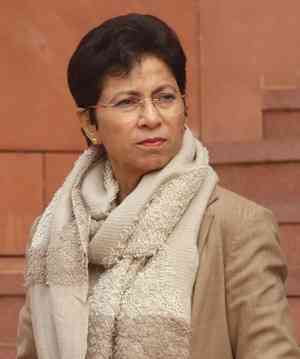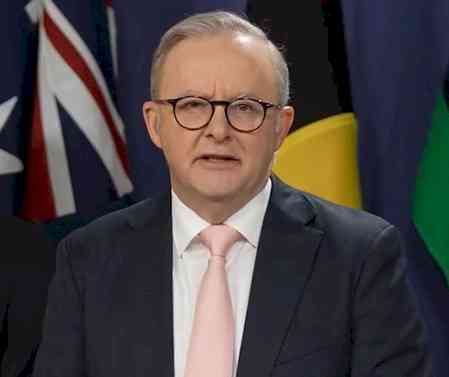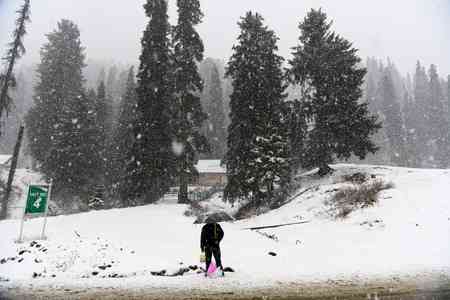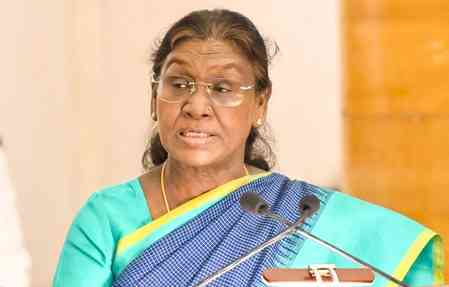The Superpower in the Subcontinent

By Tushi Deb
India has been the land of Chanakya-Chaitanya-Gandhi—figures whose philosophies have shaped the nation’s diplomatic and ethical frameworks. In this digital age, Chanakya's strategic acumen continues remains a touchstone for India's foreign policy. This enduring legacy is evident in India's evolving role as a dominant force in South Asia, exemplified by Operation Sindoor—a decisive military response that underscores India's ascent as the region's preeminent power. No wonder, India positions itself as a nation that advocates peace, thrives on prosperity and yet has thwarted terrorism with a precise military kinetic matrix.
“There is no flag large enough to cover the shame of killing innocent people,” stated Howard Zinn. Operation Sindoor aptly adjudicates that motive. Fundamentally, Pakistan incubated terrorism has boomeranged on that nation itself from the time of the ‘thousand cuts’ policy purported by Zia-ul-Haq himself. And this conflict is the wedge that will consolidate base for India as the sub continental superpower.
The question is: Then, where does India stand diplomatically as the superpower in South Asia subverting China and Russia? Even though the Sino-Pak axis stands solid with China supplying 61% of its defence exports to Pak. It’s an obvious understatement that Pak will need to stick to the dragons to simmer in their terror cauldron. On the other hand, convergence of interests between India and Taliban is inevitable to make Pakistan sweaty. This should make the Pakistani generals in Rawalpindi GHQ whimper. After all, the Pakistani ISI-military establishment has fretted a strategic pincer assault not only from India but both its eastern and western wings. Moreover, India has been harbouring and cultivating strong ties with the Gulf nations. For them, India has been a trusted ally who cannot be shrugged off for the sake of terror seeking Pakistan.
This display of military prowess sends a clear message to Southeast Asian nations: India is a credible security partner capable of addressing transnational threats, including terrorism and maritime insecurity, which plague the region. Countries like Indonesia, Malaysia, and Philippines, grappling with insurgencies and extremist groups, now view India as a potential collaborator in counterterrorism and intelligence-sharing. India’s ability to execute Operation Sindoor without triggering a full-scale war also has reassured ASEAN nations of its strategic maturity-a critical factor in a region wary of great-power rivalries.
In line with its strategic objectives, India aims to enhance its defence capabilities and exports. India’s Defence exports which have steadily escalated over the past decade are set for another major boost. “Our defence exports should reach Rs 50,000 crore by the year 2029,” asserted Defence Minister Rajnath Singh. India aims to replace Russia in the arms market and for this New Delhi has been concentrating its strategies on Africa, Armenia, South America and Southeast Asian nations.
The doctrines India thrives on are diplomacy, peace and freedom. Operation Sindoor has catapulted India into a new echelon of strategic influence, with Southeast Asia as a critical theatre for its ambitions. By blending military decisiveness with economic and diplomatic outreach, India’s outreach has been as that of a trusted partner. And it’s this move that all set to thwart the antediluvian wary of both Chinese hegemony and Western unpredictability.
As Southeast Asia watches India’s next moves, one thing is clear: Operation Sindoor has not only avenged the Pahalgam attack but has also redefined India’s role as a power that is set to shape the Indo-Pacific’s future. The region, long a battleground for competing influences, now has a new player—one that brings both strength and stability to the table.
(Views are personal)


 City Air News
City Air News 









